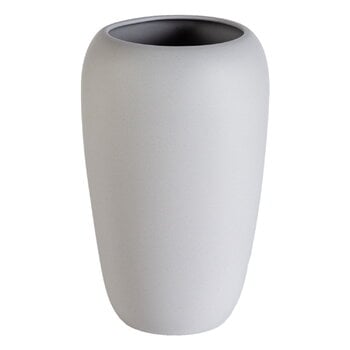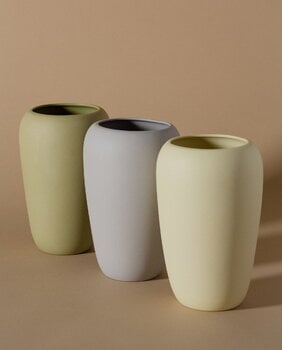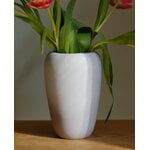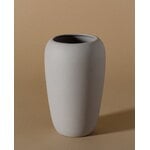Lokal Helsinki's Silmu vase lets flowers shine, whether you choose to use it for fresh flowers or dried branches. The vase is made of porcelain and has a lovely matt texture and soft hue that give it an artisanal, inviting look. The inside of the vase is glazed. The Silmu vase, Finnish for "bud", is designed by Saija Halko.
Hand-crafted in Finland, the Silmu vase is part of the Lokal Kollektion series by the Helsinki-based gallery Lokal. The collection consists of unique, locally-manufactured products made in small-scale production, many even by hand in the designers' own workshops.











